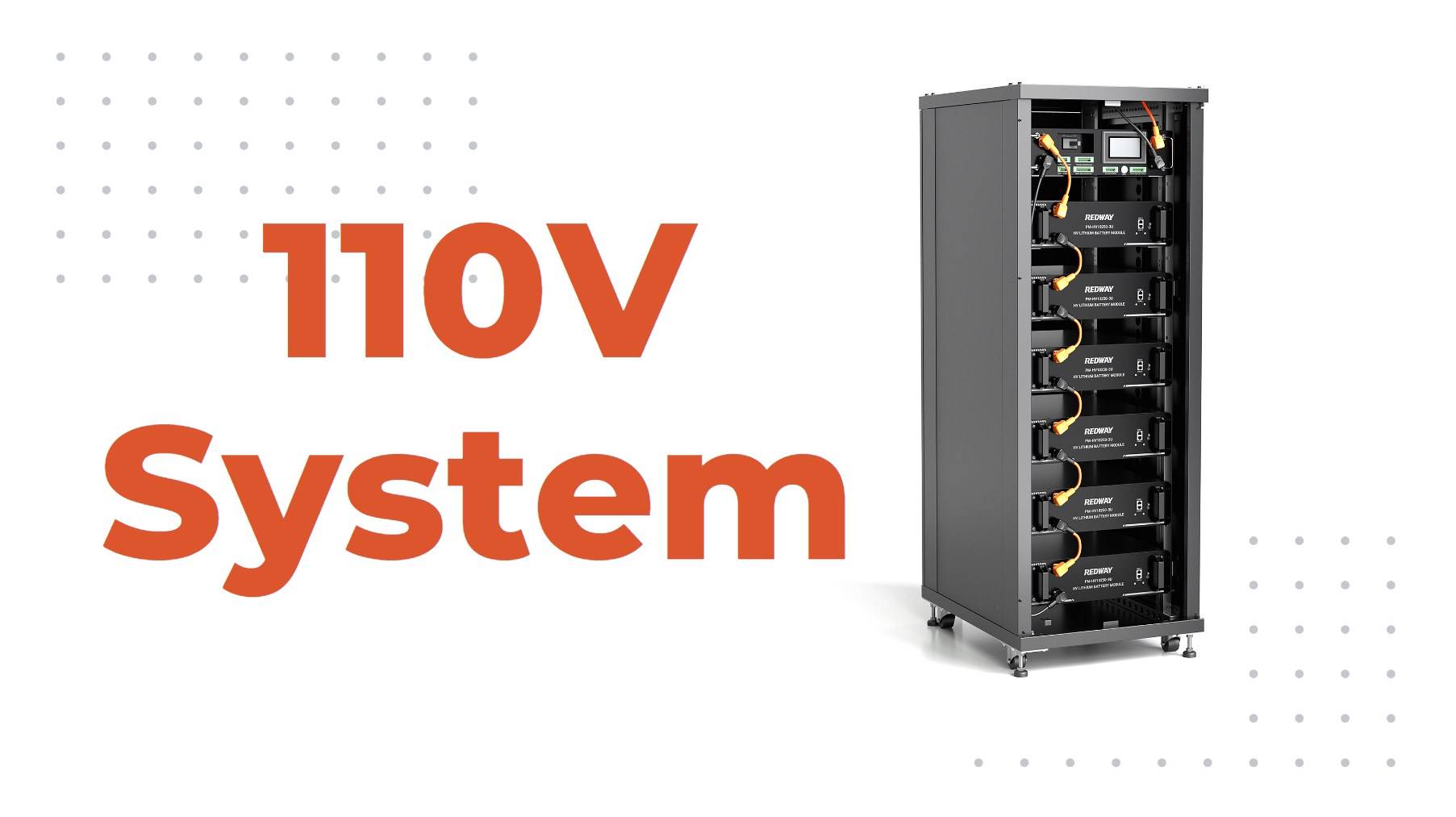
Blog
What You Need to Know About Choosing a 110V Lithium Ion Battery Pack

Choosing the right lithium ion battery pack for 110V systems is crucial for ensuring optimal performance and reliability in various applications, from electric vehicles to renewable energy storage. Understanding the specifications and advantages of these battery packs helps users make informed decisions that enhance efficiency and longevity.
What is a Lithium Ion Battery Pack?
A lithium ion battery pack is composed of multiple lithium-ion cells connected in series or parallel to achieve desired voltage and capacity levels. For 110V systems, these packs are designed to deliver stable power output while maintaining compact size and lightweight characteristics, making them suitable for diverse applications.Chart Title: Structure of a Typical Lithium Ion Battery Pack
| Component | Description |
|---|---|
| Cells | Individual lithium-ion cells |
| Configuration | Series or parallel connections |
| Protection Circuit | Prevents overcharging and overheating |
How Does a Lithium Ion Battery Pack Work in 110V Systems?
In a lithium ion battery pack, chemical energy is converted into electrical energy through electrochemical reactions during discharge cycles. When connected to a load, such as an electric vehicle or appliance, the battery releases stored energy at a consistent voltage output, which is essential for maintaining device functionality.Chart Title: Operation Cycle of a Lithium-Ion Battery
| Cycle Stage | Description |
|---|---|
| Charging | Ions move from cathode to anode |
| Discharging | Ions move back from anode to cathode |
What Are the Advantages of Using a Lithium Ion Battery Pack for 110V Systems?
The advantages include:
- High Energy Density: More energy stored per unit volume compared to traditional batteries.
- Fast Charging: Can recharge quickly, minimizing downtime.
- Long Lifespan: Typically lasts longer than lead-acid batteries, reducing replacement frequency.
Chart Title: Key Advantages Overview
| Advantage | Description |
|---|---|
| High Energy Density | More power stored in less space |
| Fast Charging | Quicker recharge times |
| Long Lifespan | Fewer replacements needed |
What Key Considerations Should You Keep in Mind When Selecting a Battery Pack?
When selecting a lithium ion battery pack for your needs:
- Voltage Compatibility: Ensure the pack matches your system’s voltage requirements.
- Capacity Needs: Assess how much energy you need based on usage patterns.
- Safety Features: Look for integrated battery management systems (BMS) that monitor performance.
Chart Title: Selection Criteria
| Criterion | Consideration |
|---|---|
| Voltage Compatibility | Ensure it matches system requirements |
| Capacity | Determine based on usage needs |
| Safety Features | Check for BMS and protection circuits |
What Are the Common Applications for 110V Lithium Ion Battery Packs?
Common applications include:
- Electric Vehicles: Powers electric cars and scooters efficiently.
- Renewable Energy Systems: Stores excess energy from solar panels or wind turbines.
- Portable Power Solutions: Used in camping gear and emergency backup systems.
Chart Title: Applications Overview
| Application | Description |
|---|---|
| Electric Vehicles | Provides energy for propulsion |
| Renewable Energy | Acts as storage for generated power |
| Portable Power | Powers devices during outdoor activities |
How Do Environmental Conditions Affect the Performance of Lithium-Ion Batteries?
Environmental factors such as temperature can significantly impact performance; extreme cold may reduce capacity while high temperatures can accelerate degradation. It’s essential to choose batteries rated for specific environmental conditions to ensure optimal performance.Chart Title: Temperature Impact on Performance
| Temperature Range | Effect on Performance |
|---|---|
| Below -10°C | Reduced capacity |
| Above +40°C | Increased degradation rate |
What Are the Maintenance Requirements for a Lithium-Ion Battery Pack?
To ensure longevity:
- Regularly check connections and terminals for corrosion.
- Monitor charge cycles and avoid deep discharges.
- Store in a cool, dry place when not in use.
Chart Title: Maintenance Checklist
| Maintenance Task | Frequency |
|---|---|
| Inspections | Every six months |
| Cleaning Terminals | As needed |
| Monitoring Health | Continuous |
How to Properly Dispose of Lithium-Ion Batteries?
Proper disposal methods include:
- Recycling Programs: Utilize local recycling facilities that accept lithium-ion batteries.
- Manufacturer Take-back Programs: Many manufacturers offer take-back programs to ensure safe disposal.
Chart Title: Disposal Options
| Disposal Method | Description |
|---|---|
| Recycling Programs | Local facilities that accept batteries |
| Manufacturer Take-back | Programs offered by manufacturers |
Expert Views
“Choosing the right lithium ion battery pack is vital not only for efficiency but also for safety and sustainability in various applications. As technology advances, understanding these components will empower users to make informed choices that enhance their operational capabilities.”
FAQ Section
- What is the typical lifespan of a lithium-ion battery pack?
Most lithium-ion battery packs last between five to ten years depending on usage patterns and maintenance practices. - Can I use a lithium-ion battery pack in extreme temperatures?
While they perform well under many conditions, it’s essential to choose batteries rated for specific temperature ranges to ensure optimal performance. - How do I charge my lithium-ion battery safely?
Always use a charger designed specifically for lithium batteries and avoid overcharging by following manufacturer guidelines.



